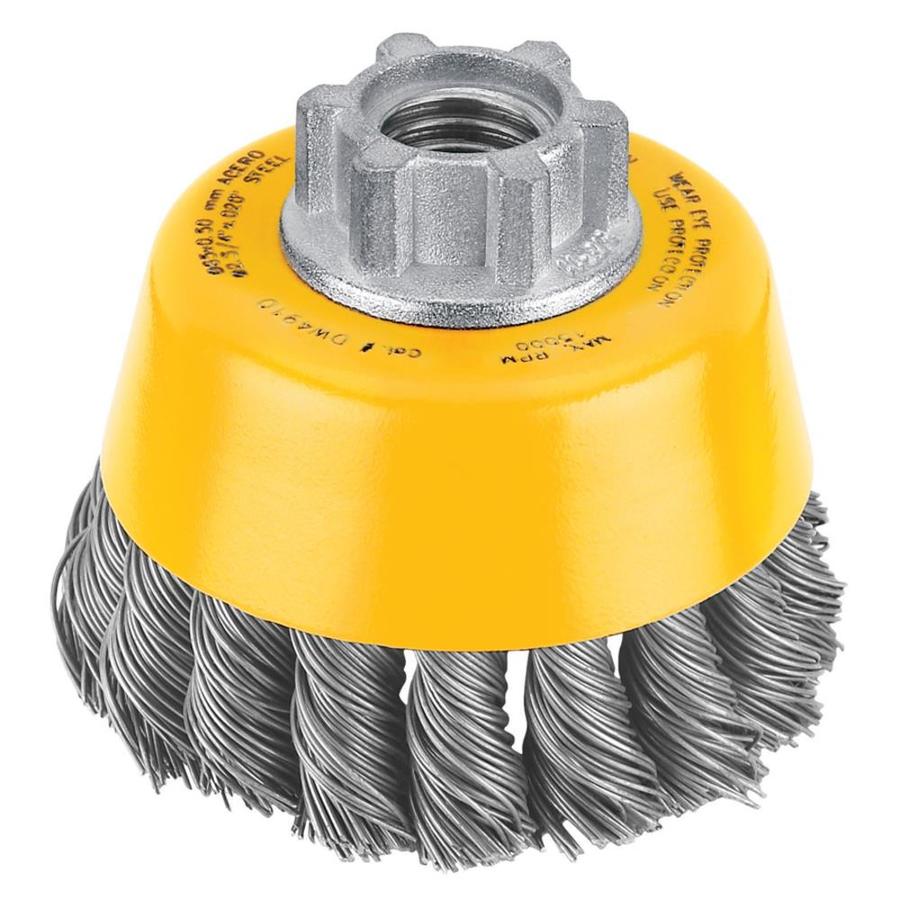Ted
The pilot formerly known as Twin Engine Ted
- Joined
- Oct 9, 2007
- Messages
- 29,885
- Display Name
Display name:
iFlyNothing
For building the Cobra, I'll be using rivets. People complain about it being "a whole ton of rivets", of course none of those people have built an aircraft.
I'm curious what people use for a rivet gun. Obviously I'll need to order clecos as well, I don't think those are included. I have a 60 gallon air compressor so I was figuring I'd get an air powered one but can go electric.
I was also planning on just using one of my electric drills (I have both corded and cordless variable speed) but if there's a reason why air ones are better I'd consider adding another tool to the cabinet. I have a cheap air drill but never use it.
I'm curious what people use for a rivet gun. Obviously I'll need to order clecos as well, I don't think those are included. I have a 60 gallon air compressor so I was figuring I'd get an air powered one but can go electric.
I was also planning on just using one of my electric drills (I have both corded and cordless variable speed) but if there's a reason why air ones are better I'd consider adding another tool to the cabinet. I have a cheap air drill but never use it.

 about.
about.


